First Congregational Church of Los Angeles
540 South Commonwealth Avenue Los Angeles, CA 90020
540 South Commonwealth Avenue Los Angeles, CA 90020
This virtuosic work for solo voice in performance with two pre-recorded versions of itself explores themes of loss the persistence of memory, and how technology changes our relationship to both. This production will include a staged realization of the piece and the addition of two dancers, directed and choreographed by Zoe Aja Moore. Presented with support from the Chris Villars Fund.
